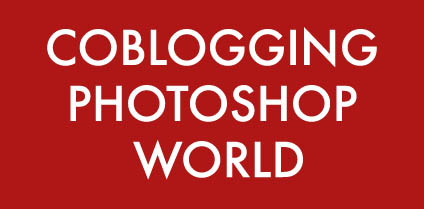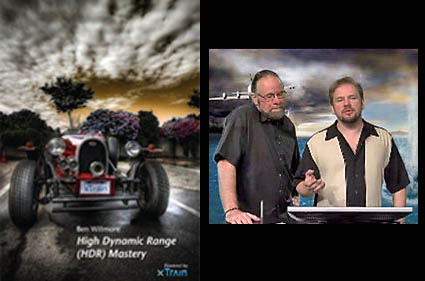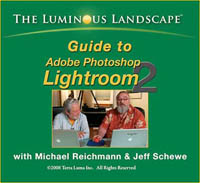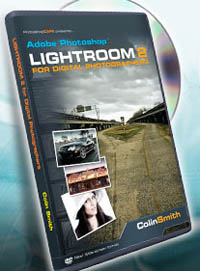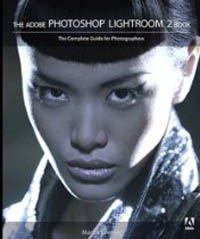Photoshop World Highlight – Epson Print Academy
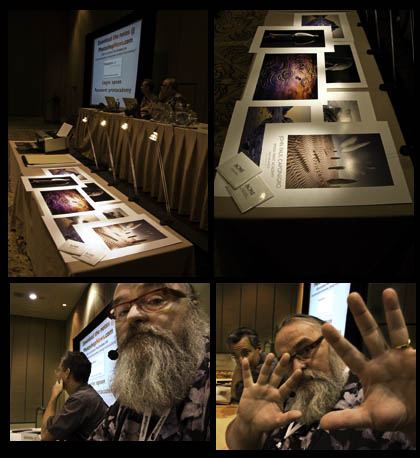
Everyone had a good time at the Epson Print Academy today. We always do.
This special half day version of the Epson Print Academy Track Two for Photoshop World runs lean and fast with fantastic content by Photoshop Hall of Fame Inductees – Andrew Rodney, Jeff Schewe, and John Paul Caponigro.
Rodney Color Management
Schewe Image Optimization
Rodney Printing to an Epson Printer
Schewe Advanced Black and White
Caponigro Fine Art Printing – Performance Printing & The Art of Proofing
The handouts (for attendees only) are phenomenal. They’re electronic! So they’re green (no wasted paper), accessible anywhere, portable, with no limit to length, able to accomodate many file types (text, images, actions), and frequently updated. After you attend, you can always get the latest versions.
But wait, there’s more! Bonus prizes are often given to a few lucky attendees, like prints by Schewe, posters and DVDs by Caponigro … sometimes printers are even given away.
If you were there, tell us about it. Comment!
The Epson Print Academy is gearing up for a national tour again.
Stay tuned for important announcements at the end of the month.
Check out upcoming Epson Print Academy dates here.
Check out Schewe’s Photoshop News here.
Check out Rodney’s DigitalDog.net here.
Check out all of our books here.
Check out my free printing downloads here.
Check out my DVDs here.
Check out my workshops here.
Check out cobloggers coverage of PSW at the links below.
Corey Barker
John Paul Caponigro
Dave Cross
Laurie Excell
Martin Evening
Scott Kelby
Matt Koslowski
Deke McClelland
Joe McNally
John Nack
Moose Peterson
Jeff Schewe
Colin Smith
Ben Willmore
David Ziser


